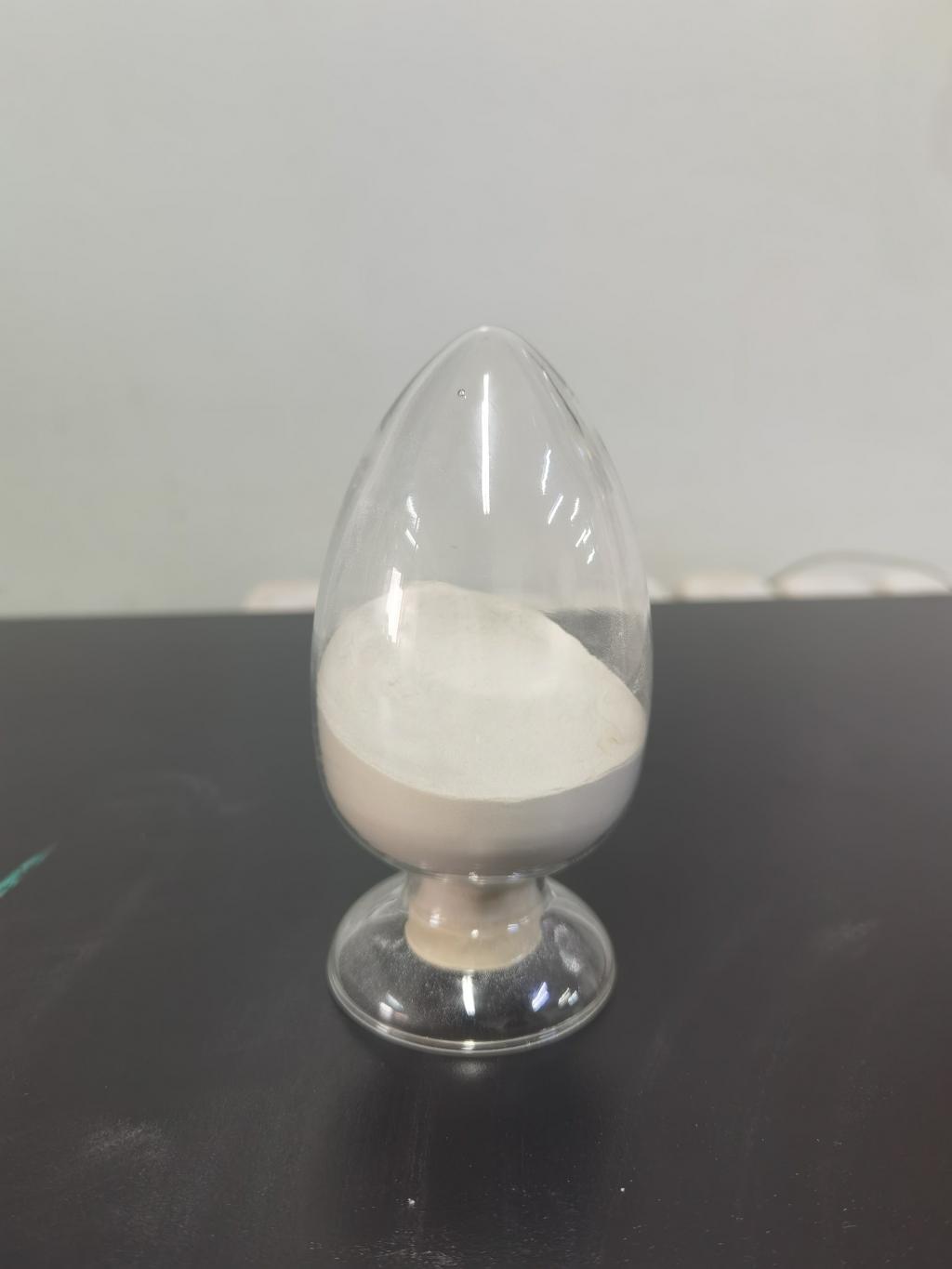Tel:0086 18231198596

News
Nisin can be used in combination with other preservation techniques to enhance food safety.
TIME:2023-10-31
Nisin: Nature's Antibiotic
Nisin is a natural antimicrobial peptide produced by certain strains of lactic acid bacteria, primarily Lactococcus lactis. It was first discovered in the early 20th century and has since garnered widespread attention for its antimicrobial properties. Nisin's effectiveness in inhibiting the growth of various bacteria, particularly foodborne pathogens, makes it a valuable tool in food preservation.
2.1. Mechanism of Action
Nisin exerts its antimicrobial activity through several mechanisms. One of its primary modes of action is the disruption of bacterial cell membranes. Nisin binds to lipid II, a key precursor in peptidoglycan synthesis, leading to the formation of pores in the cell membrane. These pores cause an influx of ions and a subsequent loss of membrane integrity, ultimately leading to cell death.
Additionally, nisin can interfere with various cellular processes, such as DNA replication and protein synthesis. This multifaceted approach to antimicrobial activity makes nisin an effective tool against a broad spectrum of microorganisms.
Combining Nisin with Other Preservation Techniques
Enhancing food safety often requires a multi-pronged approach. Nisin can be integrated with various other preservation techniques to achieve synergistic effects, ensuring that food products remain safe and fresh for extended periods. Here are some key methods through which nisin can be combined with other preservation techniques:
3.1. Refrigeration
Refrigeration is a common method for preserving perishable foods by slowing down the growth of microorganisms and enzymatic reactions. However, nisin can complement refrigeration by inhibiting the growth of bacteria that are capable of thriving at low temperatures.
For example, combining nisin with refrigeration can help prevent the growth of Listeria monocytogenes, a cold-tolerant pathogen known to cause foodborne illnesses. Studies have shown that nisin, when used in combination with refrigeration, can significantly extend the shelf life of refrigerated foods.
3.2. Packaging
Packaging plays a crucial role in preserving the quality and safety of food products. Incorporating nisin into food packaging materials, such as films and coatings, can provide an additional layer of protection against microbial contamination. Nisin-containing packaging materials slowly release the peptide into the food, creating a continuous antimicrobial barrier.
This approach is particularly effective in extending the shelf life of products like cheese, which is susceptible to spoilage by lactic acid bacteria and molds. Nisin-based packaging can inhibit the growth of these spoilage microorganisms, maintaining the product's quality and safety.
3.3. Irradiation
Food irradiation is a preservation technique that uses ionizing radiation to destroy harmful microorganisms and insects. When combined with nisin, food irradiation becomes even more effective in ensuring food safety. Nisin can act as a safeguard against potential post-irradiation contamination.
This combination is especially valuable for products like spices, herbs, and dried fruits, which are prone to contamination after irradiation. Nisin can help prevent the growth of bacteria and molds that might colonize irradiated foods during storage, transportation, or handling.
3.4. Hurdle Technology
Hurdle technology is an approach that combines multiple preservation methods to create a "hurdle" that microorganisms must overcome for survival. Nisin can be a key component of hurdle technology, working in synergy with other hurdles, such as low pH, low water activity, and thermal processing.
For example, combining nisin with low pH levels in acidified foods can provide an extra layer of protection against spoilage and pathogenic microorganisms. This combined approach can reduce the need for high-temperature pasteurization and extend the shelf life of acidified products.
Regulatory Considerations
The use of nisin in combination with other preservation techniques raises important regulatory considerations. Food safety agencies in different countries may have varying regulations and maximum allowable limits for nisin in food products. It is crucial for food manufacturers to comply with these regulations and ensure that their products meet safety standards.
Furthermore, labeling and transparency are essential. Consumers should be informed about the presence of nisin in food products, especially if it is used in packaging materials. Clear and accurate labeling can help consumers make informed choices and avoid potential allergenic reactions.
Challenges and Future Directions
While nisin and its combination with other preservation techniques offer promising solutions for enhancing food safety, there are still challenges to address:
5.1. Consumer Acceptance: Some consumers may have concerns about the use of antimicrobial peptides like nisin in food. Educating consumers about the safety and benefits of these techniques is essential.
5.2. Microbial Resistance: Continued use of nisin and similar antimicrobials may lead to microbial resistance. Research and development efforts should focus on minimizing this risk.
5.3. Regulatory Harmonization: Achieving global regulatory harmonization for nisin and other food preservation techniques is important to ensure consistency and safety in the international food market.
5.4. Cost-Effectiveness: The cost of implementing nisin and other preservation techniques can be a barrier for small and medium-sized food producers. Finding cost-effective solutions is crucial.
The future of food safety lies in the continued development and integration of innovative preservation techniques. Nisin, when combined with other methods, has the potential to make significant contributions to this field.
Conclusion
Food safety is a paramount concern for the food industry, consumers, and regulatory authorities. Combining nisin with other preservation techniques represents a promising approach to enhancing food safety and extending the shelf life of various food products.
Nisin's natural origin, multifaceted antimicrobial activity, and compatibility with various preservation methods make it a valuable asset in the pursuit of safer and more sustainable food production. By understanding the mechanisms of action, regulatory considerations, and potential challenges, we can harness the full potential of nisin to create a safer and more resilient food supply for the future.

 CONTACT
CONTACT




